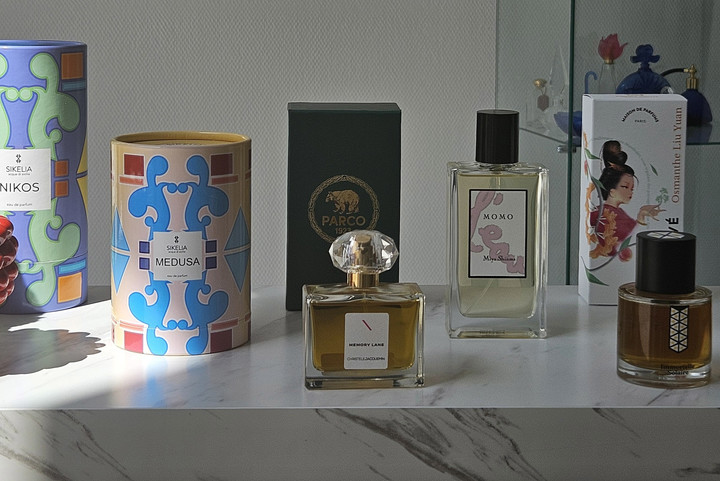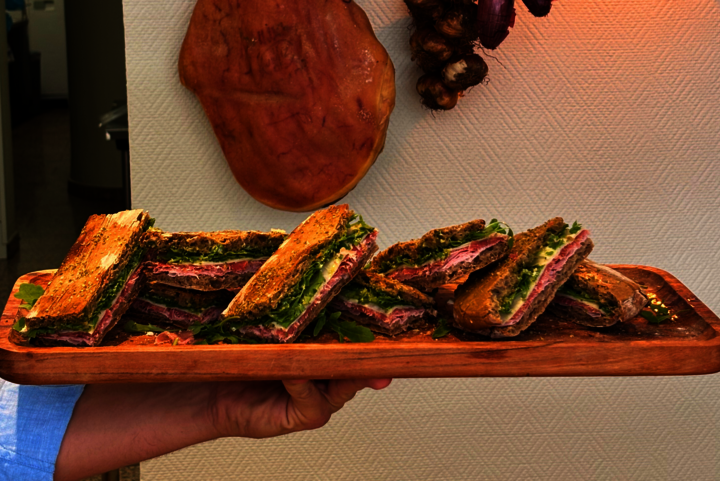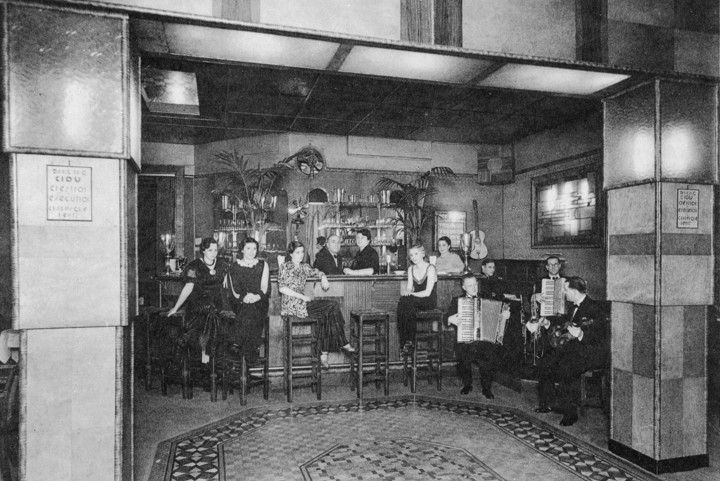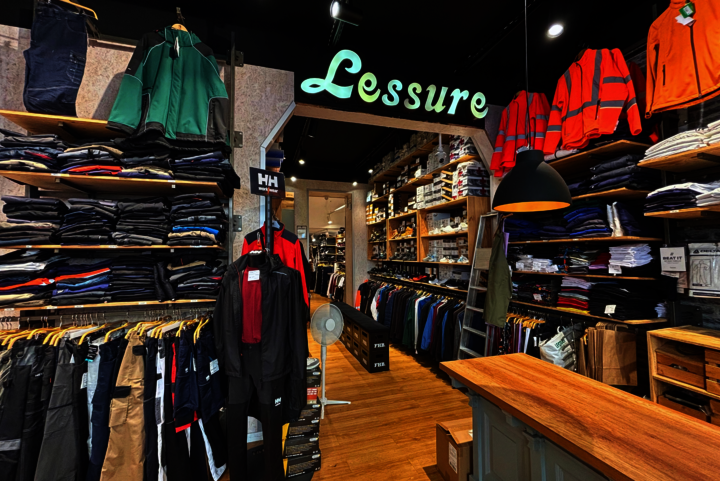(Re)discover our city – Maison Bastian, Grand-Rue
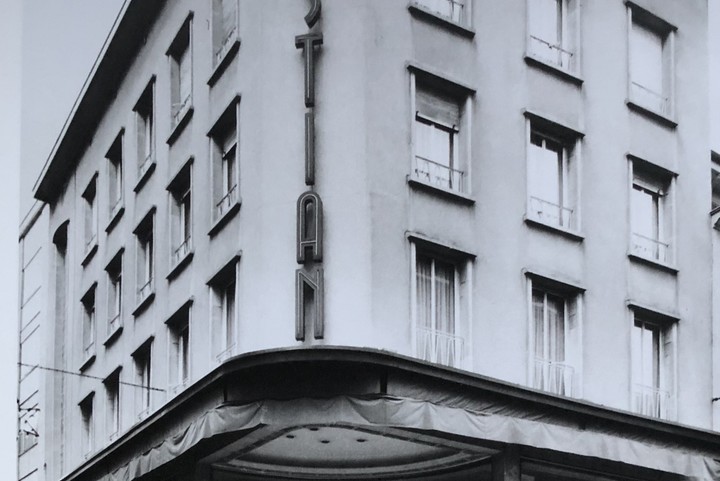
(Re)discover our city – Maison Bastian, Grand-Rue
Think you know our capital well? Well, let's see about that! Some of the buildings that you walk past on a regular basis have a special story behind them. Dr Robert L. Philippart is a true expert on the subject and will take you through the city to uncover these hidden stories, giving you a new way of looking at some of our emblematic buildings.
Maison Bastian, Grand-Rue
The Maison Bastian was founded in 1879 by Mathias Bastian as the haberdashery and gentlemen's outfitters "Au bouquet de fleurs" at the crossroads of Grand-Rue and Rue des Capucins. This clothes shop, which arrived during the age of industrial production, offered hats of every kind, feathers, ribbons, silks, velvets, lingerie, ties and scarves. Before opening his shop in Luxembourg, Bastian had spent several years working in the clothing industry in France. Like all clothes shops, the products it stocked changed with the seasons and the holidays. In 1898, the shop was renovated and became much admired for the gas lighting in its windows, its furnishings and its design – not to mention its many products! In its issue on 3 September 1898, the paper L'Indépendance luxembourgeoise observed that ""Au bouquet de fleurs" is undoubtedly the benchmark for this kind of store in Luxembourg”. In 1901, the store was renamed "Maison Bastian". In 1905, it became the first shop on Luxembourg's Grand-Rue to boast a façade with tall, broad windows instead of the narrow "Montera" style that had been popular until then. In 1915, Mathias Bastian handed the business over to his son Georges, who would go on to take the brand beyond Luxembourg's borders. From 1935, the store was the exclusive stockist of the Loden brand in Luxembourg. By that point, Georges Bastian had taken over several major intermediary distributors ("représentations générales") for Belgium and Luxembourg and was one of the few Luxembourg retailers distributing foreign goods throughout the Belgium-Luxembourg Economic Union. In 1937, he opened the first international branch on Rue Neuve in Brussels, followed by a second in Antwerp in 1953 and a third in La Toison d'Or, also in the Belgian capital. In 1937, he renovated the shopfront by adding large Art Deco lettering mounted on a black glass background.
It was then rebuilt in 1954 as per plans drawn up by the modernist architect Arthur Thill, who became known for designing the buildings of Cinéma Europe and Centrale Paysanne and the extension of Grand Hotel Cravat. Very tall windows connected the ground and first floor, creating a unity that set them apart from the three residential upper floors. Customers and passers-by alike could admire the clothes on display, day and night. The curved industrial glass of the windows had the effect of gently guiding the customer indoors. The entrance, which was set back into the building and linked to the wings by those expansive windows, also played a part in drawing people in. The glass facade of the first floor acted as a gallery, where elegant clothes stood out like silhouettes in a fashion album. Movement inside the store could also be seen from the outside. The interior design was modern and discreet, showcasing the products as much as possible. A giant blue awning bearing the shop's name was lowered whenever it was sunny. The ground and first floor were linked by an elegant staircase, to enhance the customer's experience of this store that exuded opulence and elegance. In less than six months, the impressive steel-frame building had been completed. In 1963, the store was recognised as a Supplier to the Court (Fournisseur de la Cour). Specialising in rainwear and loden clothing, it was the exclusive supplier of the Loden Frey brand, and stocked Pierre Cardin, Burberry, Aquascutum, Yves-Saint-Laurent and Bleyle products. Prince of Wales suits and chalk-stripe, contrasting, intricate and melted checkerboard designs were popular, as were the balls of fabric for making clothes at home. In 1981, the shop was incorporated into the pedestrian zone. It closed its doors for good in 2004. The firm Architecture et Environnement then converted the building into a bank branch, which has been open since 2006.
Photo: Unkown, 1974, Photo Library of the City of Luxembourg.

Inscrivez-vous
à la newsletter.
Inscrivez-vous et recevez tous les mois l’actualité shopping de la ville directement par email ! Bon plans, événements phares, nouveaux commerces, ne manquez rien de l’actualité commerçante.
Cityshopping news

